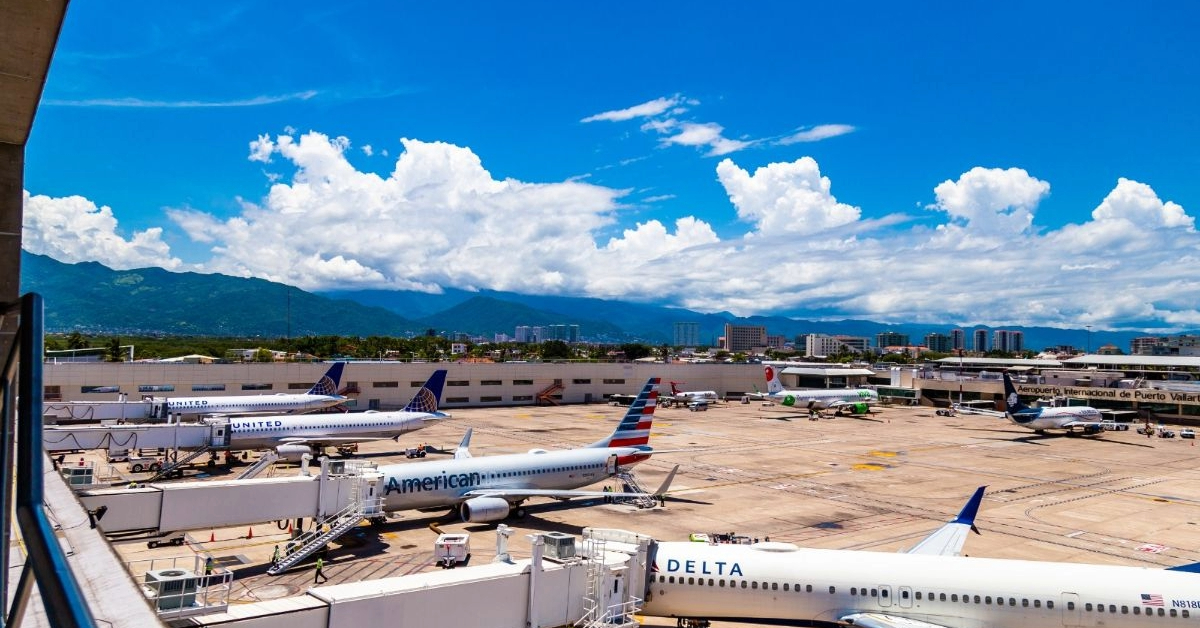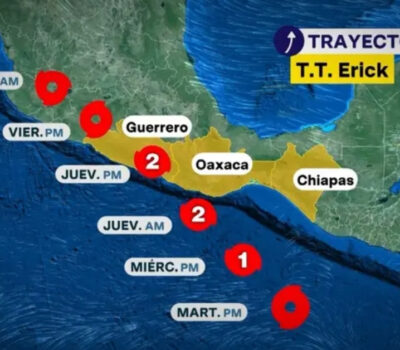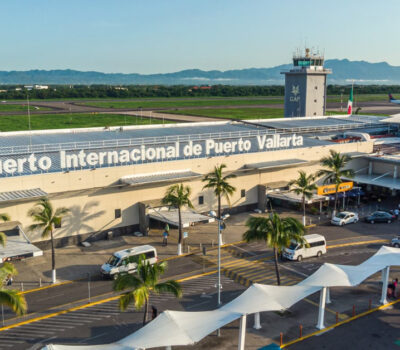Puerto Vallarta, Mexico – Mexico’s premier tourist hubs—Cancun, Los Cabos, and Puerto Vallarta—have experienced a notable decline in foreign tourist arrivals over the past few months. According to data released by the Mexican National Institute of Statistics and Geography (INEGI), foreign air tourism to these destinations decreased by 3.6 percent in July 2024 compared to the same month last year. The downward trend continued with an even steeper drop of 6.2 percent in August and further worsened to a 6.4 percent decline in September.
From January to October 2024, both Cancun and Los Cabos airports reported an annual decrease of nearly three percent in international visitor numbers. Puerto Vallarta also contributed to the overall downturn, although it remains the third most popular beach destination after Los Cabos. Collectively, these three airports account for over 95 percent of international air arrivals at Mexico’s beach resorts, underscoring the significant impact of the decline on the country’s tourism sector.
Several factors have been identified as contributing to this decline. A primary issue is the insufficient promotion of Mexico as a travel destination in international markets, which has allowed competing destinations to capture a larger share of global tourism. Additionally, rising insecurity in certain regions has deterred potential visitors, while restrictive visa policies targeting travelers from countries such as Brazil, Ecuador, and Peru have further limited the influx of foreign tourists.
Compounding these challenges, a reduction in available flights has significantly impacted both domestic and international travel. The suspension of several routes by a major airline for engine inspections has limited flight options, making it more difficult for tourists to reach popular destinations. This reduction in connectivity has been a critical factor in the ongoing decline in tourist numbers.
Industry experts warn that the decrease in international passengers is likely to continue through the end of the year. The sustained downturn poses concerns for Mexico’s economy, which relies heavily on tourism revenue, particularly in the coastal regions that are major contributors to the sector.
In contrast to the decline in inbound tourism, outbound travel by Mexican citizens has seen a substantial increase. INEGI data reveals that between January and September 2024, approximately 5.4 million Mexicans traveled abroad. This marks a 19.5 percent rise compared to the same period in 2023 and surpasses the 4.3 million travelers recorded in the pre-pandemic year of 2019. The surge in outbound travel persists despite the strong performance of the U.S. dollar against the peso, indicating a growing demand for international vacations among Mexicans.
Cancun remains the top destination for foreign air travelers in Mexico, second only to Mexico City International Airport in overall passenger traffic. Los Cabos holds its position as the second most popular beach destination, followed by Puerto Vallarta. As these airports navigate the current challenges, stakeholders in Mexico’s tourism industry are calling for enhanced promotional efforts and policy adjustments to revitalize the country’s appeal to international visitors.
With experts anticipating continued declines, the coming months will be critical for Mexico’s tourism sector as it seeks to address the multifaceted issues impacting foreign arrivals and sustain its position as a leading global travel destination.
Puerto Vallarta, Mexico - Mexico’s premier tourist hubs—Cancun, Los Cabos, and Puerto Vallarta—have experienced a notable decline in foreign tourist arrivals over the past few months. According to data released by the Mexican National Institute of Statistics and Geography (INEGI), foreign air tourism to these destinations decreased by 3.6 percent in July 2024 compared to the same month last year. The downward trend continued with an even steeper drop of 6.2 percent in August and further worsened to a 6.4 percent decline in September.












